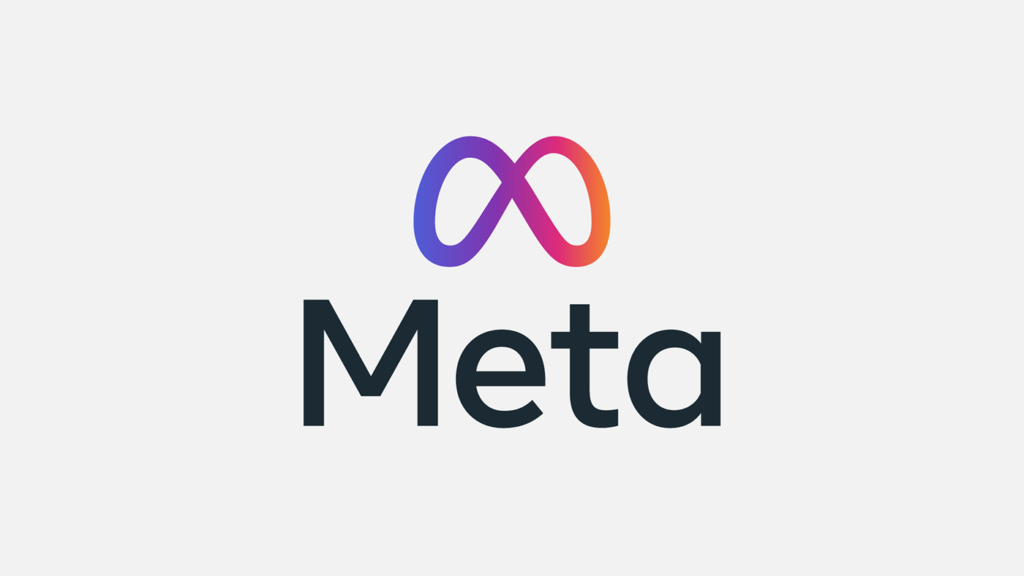Key Highlights:
-
- Meta re-evaluates its strategy for addressing manipulated media, prompted by Oversight Board recommendations, and opts for a more transparent labeling-centric approach.
- Meta emphasizes transparency by introducing the “Made with AI” label, providing users with context and information about AI-generated content.
- Meta’s decision signifies a broader shift towards responsible content moderation, prioritizing empowerment and accountability in the digital realm.
In the vast expanse of the digital realm, where information flows ceaselessly and boundaries blur between reality and virtuality, the challenge of distinguishing fact from fiction has never been more pertinent. In this landscape of rapid technological advancement and ever-evolving media creation tools, Meta, the parent company of social media giants Facebook, Instagram, and Threads, finds itself at the forefront of a pivotal juncture in content moderation. With the proliferation of AI-generated content and manipulated media, Meta faces the formidable task of preserving the integrity of its platforms while upholding the principles of freedom of expression.
At the heart of Meta’s endeavor lies a fundamental reassessment of its approach to addressing manipulated media. Historically, Meta’s policies primarily targeted AI-altered videos called Deepfakes, specifically those depicting individuals uttering statements they never made. However, as technological capabilities have surged forward, so too have the forms of manipulated content. The Oversight Board, an independent body reviewing Meta’s policies, underscored the inadequacy of this narrow approach, prompting Meta to embark on a journey of introspection and reform.
Oversight Board Recommendation
Following an Oversight Board ruling regarding a maliciously edited video depicting US President Joe Biden in a controversial scenario with his granddaughter, Meta’s subsequent announcement reflects a significant shift in its approach to manipulated media. Despite the contentious nature of the video, Meta chose not to remove it from Facebook, aligning with its existing policy on manipulated media. However, in light of the elections scheduled for 2024, the Oversight Board urged Meta to reconsider its stance swiftly. The board advocated for a more lenient strategy towards manipulated media, emphasizing the adoption of contextual labels over stringent content removal measures. This recommendation underscores the need for Meta to adapt its policies to effectively navigate the challenges posed by manipulated media in an era characterized by heightened political sensitivities and digital misinformation.
The impetus for change emanated not only from the Oversight Board’s recommendations but also from Meta’s commitment to inclusive policy formulation. Through extensive consultations with stakeholders, including academics, civil society organizations, and global citizens, Meta sought to cultivate a comprehensive understanding of the multifaceted challenges posed by manipulated media. The insights gleaned from these engagements served as the cornerstone for Meta’s paradigm shift in content moderation.
Labeling of Manipulated Media
Central to Meta’s revamped strategy is the principle of transparency. Recognizing the imperative of providing users with context and information, Meta has embraced a labeling-centric approach to address manipulated media. Rather than outright removal, Meta now endeavors to augment content with labels that elucidate its origins and potential manipulations. This shift embodies Meta’s belief in empowering users to make informed decisions while fostering a culture of digital literacy and critical thinking.
Commencing in May 2024, Meta will introduce the “Made with AI” label, signifying content generated through artificial intelligence. This label will adorn a spectrum of media formats, encompassing videos, audio, and images, thereby offering users a holistic understanding of the content’s genesis. Whether identified through industry-standard AI indicators or self-disclosed by creators, the “Made with AI” label serves as a beacon of transparency in an increasingly complex media landscape.
Nevertheless, Meta’s commitment to transparency is not absolute but tempered by the imperative of safeguarding against demonstrable harm. Content found to contravene community standards, such as instances of voter interference, harassment, or violence, will be swiftly removed from Meta’s platforms. Furthermore, Meta’s network of independent fact-checkers remains instrumental in combating the dissemination of false or misleading content, ensuring that misinformation does not proliferate unchecked.
Conclusion
Crucially, Meta’s decision to overhaul its approach to manipulated media extends beyond mere policy revision—it embodies a broader philosophical shift towards responsible stewardship of digital ecosystems. By reframing content moderation as a quest for transparency and empowerment, Meta seeks to foster a culture of accountability and trust within its user community. As the digital landscape evolves and new challenges emerge, Meta remains steadfast in its commitment to adapt and innovate, guided by the principles of integrity and inclusivity.
The timeline for implementing these changes reflects Meta’s nuanced approach to transition, prioritizing user education and adaptation. From July onwards, content removal solely based on the manipulated video policy will cease, marking a pivotal moment in Meta’s evolution towards a more nuanced and context-driven moderation framework.
In conclusion, Meta’s journey towards redefining its approach to manipulated media signifies a paradigm shift in the digital era—a shift from censorship to transparency, from restriction to empowerment. By embracing labeling as a tool for contextualization and understanding, Meta charts a course toward a future where users navigate the digital terrain armed with knowledge and discernment. As Meta forges ahead on this transformative journey, the principles of transparency, accountability, and empowerment serve as guiding stars, illuminating the path towards a safer and more informed online world.
References:
- Om Gupta, Meta to put made with AI Badge on Broader Range of AI-generated Content, India Today, available at: https://www.indiatvnews.com/technology/news/meta-to-put-made-with-ai-badge-on-broader-range-of-ai-generated-content-2024-04-06-924945
- The Hindu, Meta will more broadly label manipulated or AI-generated media across platforms as elections loom, available at: https://www.thehindu.com/sci-tech/technology/meta-will-more-broadly-label-manipulated-or-ai-generated-media-across-platforms-as-elections-loom/article68035193.ece
- Monika Bickert, Meta, available at: https://about.fb.com/news/2024/04/metas-approach-to-labeling-ai-generated-content-and-manipulated-media/
- Mia Sato, The Verge, available at: https://www.theverge.com/2024/4/5/24121978/meta-ai-generated-content-label-requirements-deepfakes
Tanima Bhatia

